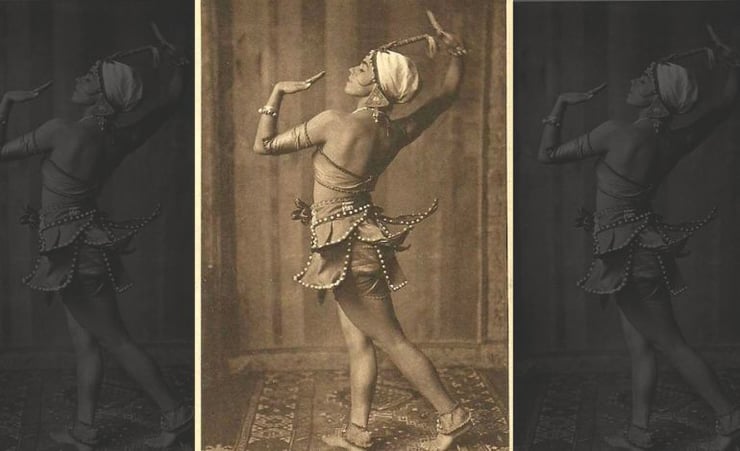Prayas Theatre Enacts Sanskrit Play 'Mṛicchakaṭika'

Prayas Theatre, New Zealand's largest South Asian theatre group, recently staged 'Mṛicchakaṭika', a Sanskrit play by Śūdraka, at The Auckland Performing Arts Centre.
Set in the monarchic era of Ujjayinī in the 5th century CE, this production became my fortunate endeavour. While reading the script by playwright Shekinah Jacob, visuals of the 1984 Bollywood movie ‘Utsav’ flooded back. This film, directed by Girish Karnad, produced by Shashi Kapoor and starring Rekha, beautifully depicted the richness of ancient Indian literature.
Boasting a global performance history since the 19th century, 'Mṛicchakaṭika' has translations dating back to 1826 by Horace Hayman Wilson as 'The Toy Cart' and A.F Stenzler's German translation in 1847.
It found its way into Bengali and Marathi, and in 1850, 'Le Chariot d'enfant' premiered in Paris. Renowned artists, including Raja Ravi Varma, featured the central character, Vasantsena, in their art.
The story follows the journey of Vasantsena, a captivating courtesan or nagarvadhu, and Charudatta, a destitute young nobleman. Despite their mutual passion, their lives and love encounter threats from the persistent advances of a vulgar courtier, Samsthanaka.
Amid intricate relationships, love, loyalty, politics and humour, their story unfolds against the backdrop of a revolution seeking to overthrow an unjust, tyrannical King Pālaka.
This age-old story, like Shakespeare's but written over two millennia ago, remains relevant in the cultural milieu of 2023 New Zealand, reflecting on universal human experiences, making it a timeless tale, even for those unfamiliar with Indian culture.
Imagine a world where sexuality is openly embraced and celebrated. Perhaps, in a world where courtesans or devadasis mirrored the 'myth' of Apsaras as beautiful and erotic manifestations of pleasure.
This was ancient India, circa 500 BC. Women, affluent, educated and masters of the arts, stood as custodians of temples and traditions, their lives entwined with the divine, shielded from the shadow of widowhood — making them akhanda saubhagyavati. One such example was Amrapali, the royal nagarvadhu of Vaishali.
However, history turned its pages to the medieval era, marking the eclipse of this revered tradition. The onslaught by Islamic invaders laid waste to temples — sanctuaries of these devadasis, marking the beginning of their decline. The British colonial period further exacerbated their plight, conflating them with prostitution, leading to their marginalisation and ostracisation.
Similarly, until the Vedic era, gender-based discrimination was nonexistent. Archaeological excavations present evidence of Goddess worship dating back to the Vedic era. Yet again, a melancholic shift ensued toward the medieval period, marred by foreign invasions.
Choosing this subject was not an inclination to dwell in the past but an expression of increasing recognition of the significance of intercultural exchange and dialogue. The prospect of ancient literature gaining relevance stimulates collective learning, growth and connection.
It’s not just Indian culture that offers us such treasures. Māori culture has a rich and diverse collection of equally valuable stories.
Stories that have the power to inspire us, teach us and help us understand the world in new and profound ways, stories that should be discussed, danced to, sung and passed on through generations as precious and incredible sources of knowledge and inspiration.

The author is a Mumbai-based producer and actor, and producer of ‘The Clay Cart- Mricchakatika’





